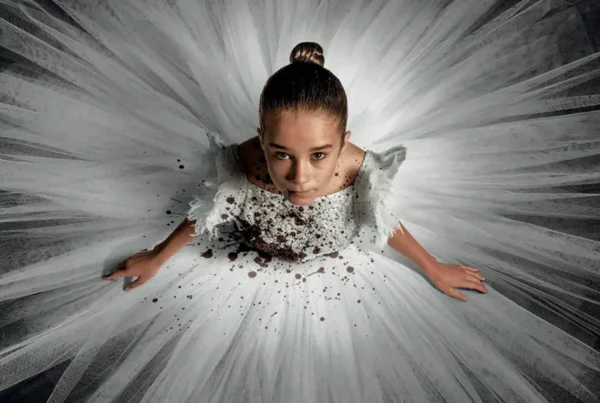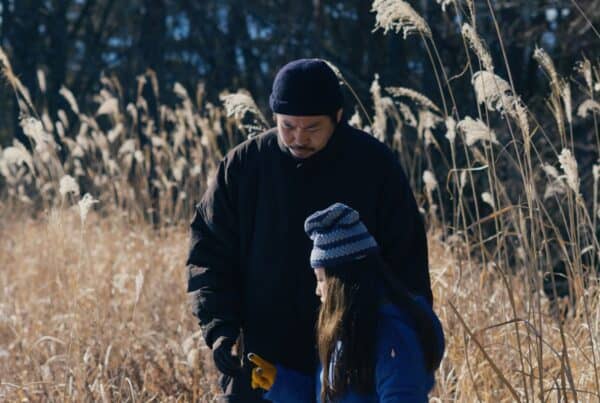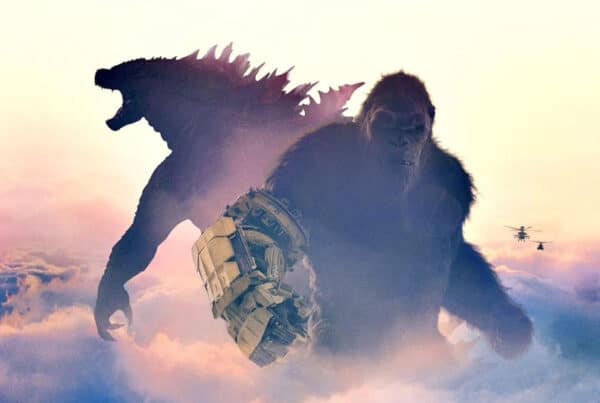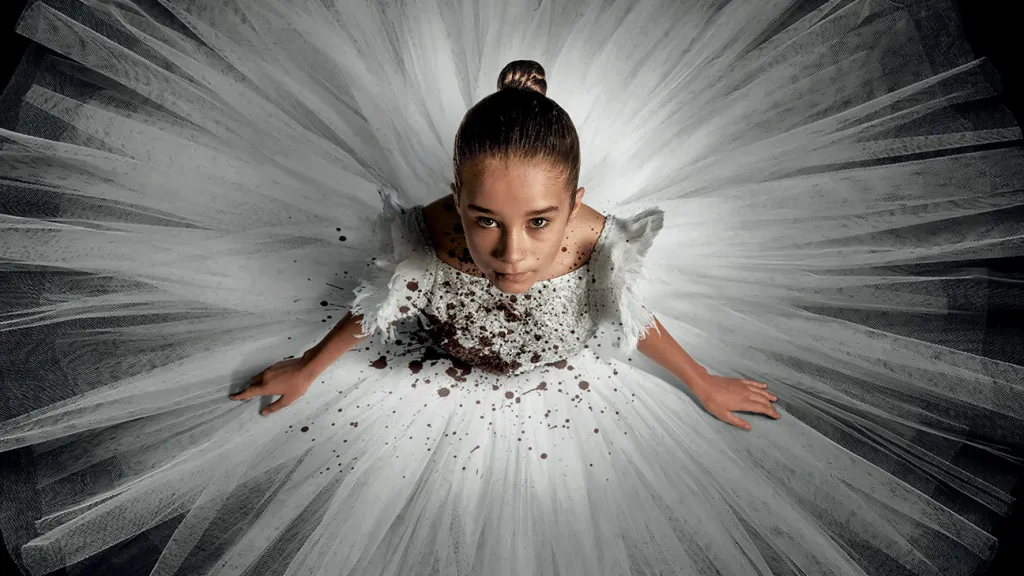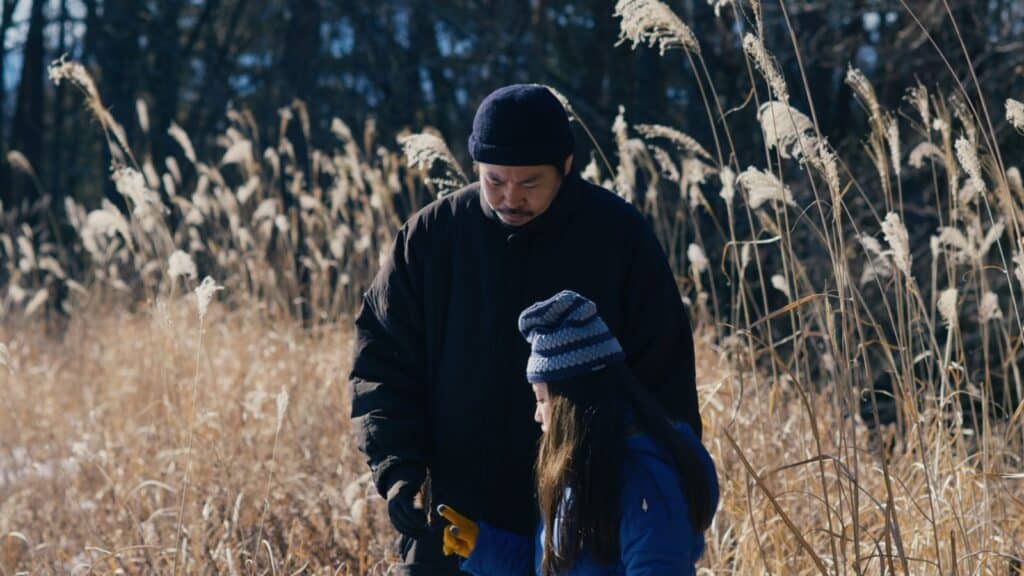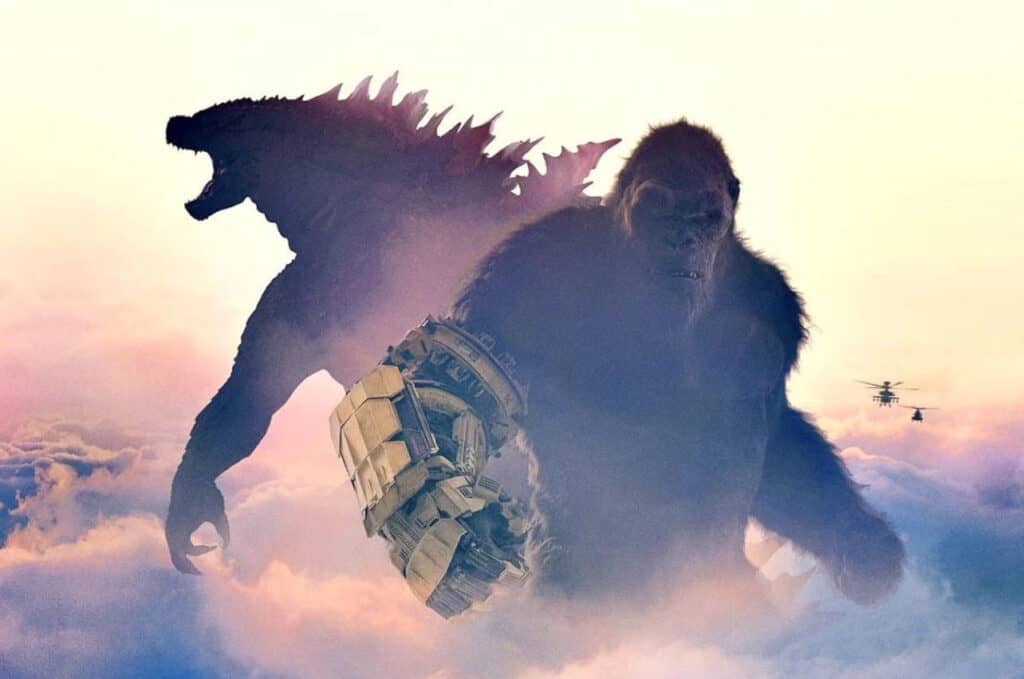One of the most troubled – and anticipated – productions in recent Hollywood history finally roars into cinemas. Is its bite up to its bark? Numerous script transformations are nothing unusual for big films these days. Nor are last minute reshoots, post-test screening editing and slipping release dates. But when a director vacates a project three weeks before it starts, what chance can his successor stand of saving the film and adding his own hallmark to boot? Not much, in poor old Joe Johnston’s case with ‘The Wolfman’.
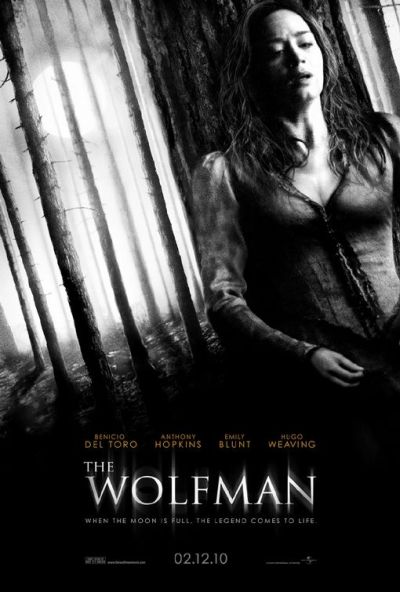
The 1940 original was one of Universal’s last truly classic monster movies, following on from the likes of ‘Dracula’, ‘Frankenstein’, ‘The Invisible Man’, ‘The Phantom Of The Opera’, and ‘Dr Jekyll And Mr Hyde’. These films still work today for tolerant audiences due to their simple stories, committed performances and the practical charm of their effects and settings. Initial interviews with the crew behind this new ‘Wolfman’ revealed their desire to locate the pathos in the original and marry it to advances in modern technology. Unfortunately, the film falls somewhere in the middle of this spectrum, and ends up more Hammer horror than was perhaps intended.
The film begins, like the original, with the long-absent Lawrence Talbot (Benicio Del Toro) returning to his father’s stately old mansion to investigate his brother’s violent murder. From the very beginning, the film feels compromised – Del Toro sleepwalks through his scenes in a seeming effort to find some serious drama while Anthony Hopkins (as his twinkly-eyed father) absolutely chews up the scenery as if he’s the star of some cheap Christmas panto. Emily Blunt plays the dead Talbot’s fiancé with an admirably straight face, but is given very little to do other than bridge the gap between the two main actors’ wildly differing approaches to their roles. The film rushes too hastily through some of these early scenes and lingers ridiculously long on others, with some shots and dialogue becoming such high camp as to be unintentionally hilarious.
Then – despite warnings and logic – Del Toro takes a stroll in the moonlight down to the local gypsy camp to investigate his brother’s murder. Finally, the carnage kicks in – people are shredded and gutted left, right and centre by a mostly unseen force, the lay-out of the camp leaving the group sitting ducks for this circling foe. Johnston balances tense moments with some surprisingly full-on gore, and makes up for the several ludicrous jumps he has teased the audience with up to this point. Any doubts as to whether this film would manage to transcend ‘Van Helsing’s cartoony waste of potential are alleviated here – the beast’s attack is thrillingly vicious, and a dark and menacing atmosphere is maintained until the inevitable moment when Del Toro suffers his fateful bite.
From here, the film sinks into melodrama – hackneyed dream sequences, long-guarded family secrets, malicious asylum torture, and, of course, the curse itself all fight for space in a convoluted narrative. Johnston tears through all these elements with some visual style but no storytelling grace whatsoever. The film becomes an endurance test for audiences both eager for the next attack and struggling to control their mounting mirth. Hugo Weaving only adds to the film’s hamminess as the dastardly detective Aberline. Between him and Hopkins, the film buckles under the weight of its silliness, and Johnston can’t resist replacing the dread of the initial wolf attacks with notes of slapstick humour which can seem incongruous next to the level of violence being perpetrated.
While the film throws in some nice references to its predecessors – echoing ‘An American Werewolf In London’ and Hammer’s ‘Curse Of The Werewolf’ just as much as its older inspiration – it doesn’t offer anything fresh enough to distinguish itself, especially from John Landis’ far more frightening (and intentionally funny) 1981 classic. Rick Baker returns from his Oscar-winning glory in that film to contribute more make-up effects. However, while the transformations begin promisingly, the werewolf’s full reveal is underwhelming. In trying to remain true to the1940 source, the creature cleaves too closely to ‘man’ rather than ‘wolf’, and as such is laughably unscary. This is a shame, as Del Toro’s growl and animalistic features would seem a good fit for a lycanthrope, but his character is lost under the effects and the monster merely becomes a darker, hairier Hulk, as fake and unthreatening in a suit as in CGI form.
The blood and destruction remains entertaining throughout, but the audience ceases to care much for any of it. The crucial tragic aspect of the story is also given short shrift in favour of squeezing as much action as possible into the film’s ending. The lapses in logic mount up through this three-act, groan-inducing climax, aspects of which are unflatteringly similar to several other recent films. There is also a depressingly cynical inevitability to the story’s resolution, which will leave many deeply frustrated. While this film certainly isn’t the worst of the recent batch of remakes, it’s far from the best. If you’re in the mood for some trashy, old-fashioned fun, you can definitely find some here. Just keep in mind that you might end up howling with laughter at this new beast rather than cowering in fear.
![]()

